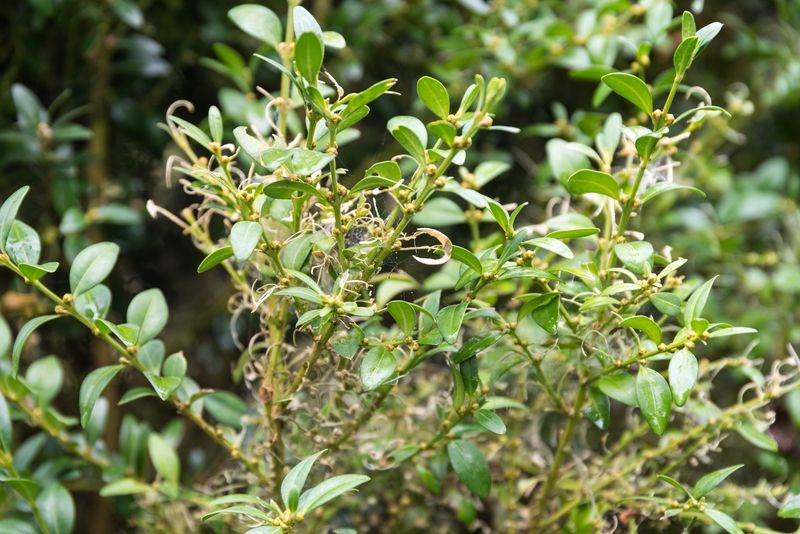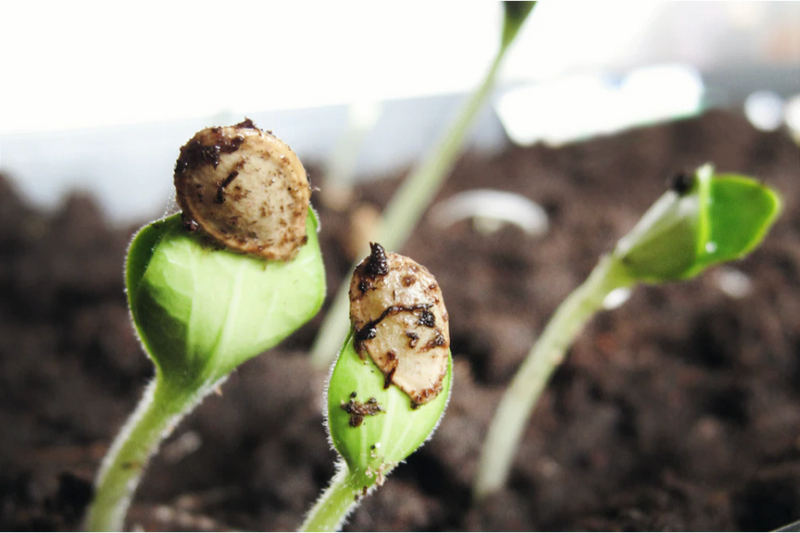
Gardeners have many pests and diseases to overcome, but one much more prevalent in recent years is the box tree moth. Cydalima perspectalis is native to China, Japan, and Korea but was discovered in Europe in 2007, thought to have been transported over by infected boxwood plants. It is now also found in Canada and North America. Here is some more information on the detection and prevention of the pest.
What is the box tree moth?
The box tree moth is a pest that feeds on boxwoods and many other boxwood species and cultivars. They can completely strip boxwoods at an alarming rate, which not only looks awful but also has a significant economic impact. The caterpillars are green with dark stripes and shiny blackheads. They have hairs at the sides and two black spots on their abdominals so they can be distinguished from other larvae.
How does the box tree moth impact boxwood?
The larvae not only munch on the leaves, but they also eat the bark, which leads to the plant being killed. Adult moths emerge and live for about two weeks, and the moths overwinter as larvae in the leaves. It is essential to observe all the boxwoods and keep a regular check.
What can we do against the box tree moth?
- Purchasing - Make sure you buy your boxwoods from a reputable source as the most likely way box tree moth has gotten to the UK is because of the shipment of infested ornamental boxwoods.
- Detection - as box tree moths larvae feed on the leaves, you will see webs in the plant and around the stems. You will also see leaves eaten from the edges and paper-thin blades as well. There will be other traces as well, so it is essential to detect an infestation early on.
- Removal - one way to keep it under control is to remove the larvae continually, so they don’t get the chance to eat the plant, but this can be quite a mission.
- Treatment - there are organic natural spray treatments available, although the who boxwood will need the procedure to be effective. It can often work well after manually picking off the caterpillars and then spraying.
- Follow up - This cycle will need to be repeated to cover all life stages. Ideally, treating at the end of autumn and the beginning of spring could help as well. So all is not lost if you do find the box tree moth, but it will take persistence and early detection to save your plants. If you have an advanced infestation, unfortunately, removal will be needed.
If you would like some advice about box tree moth, do ask our friendly team and us.



